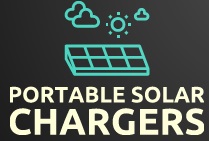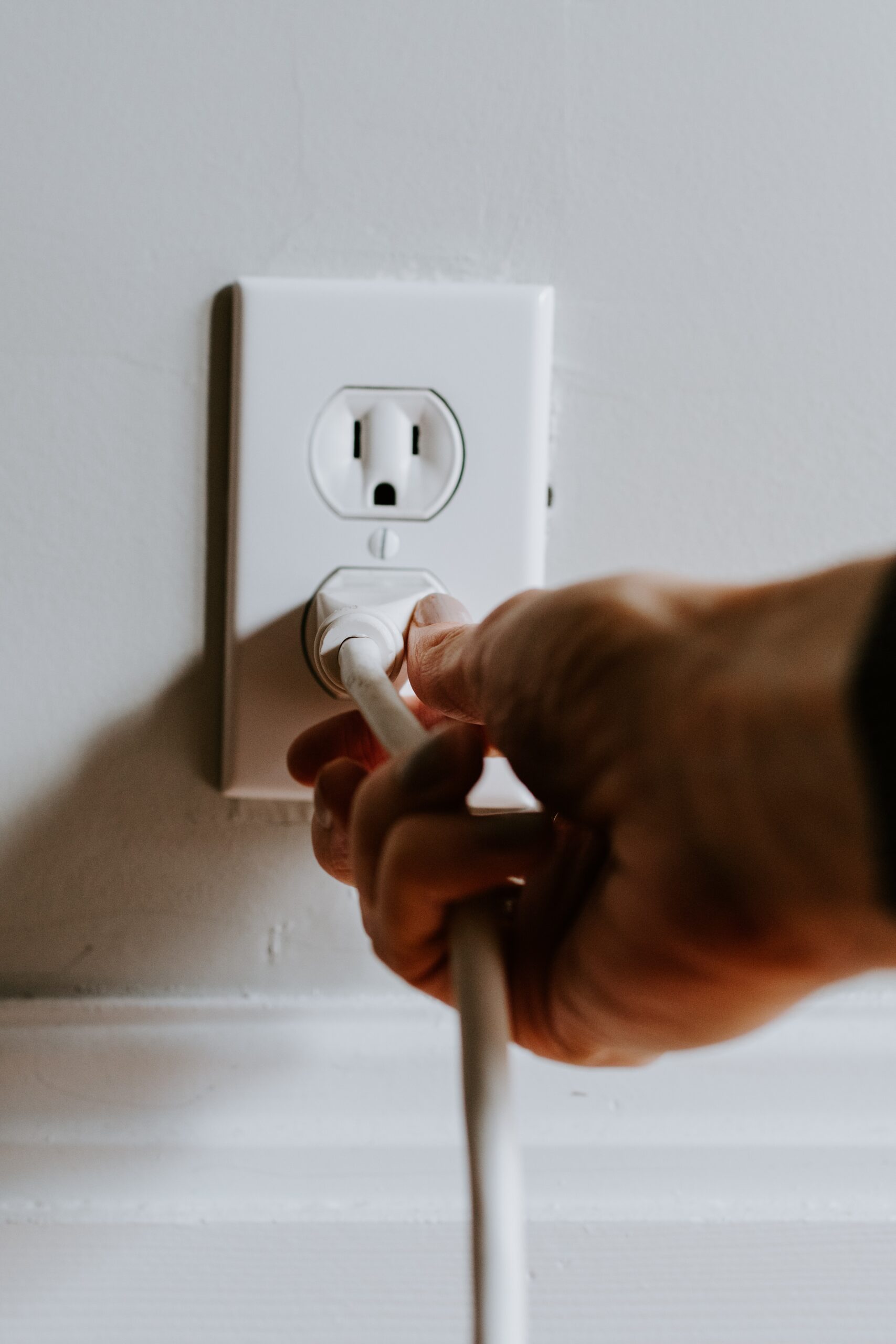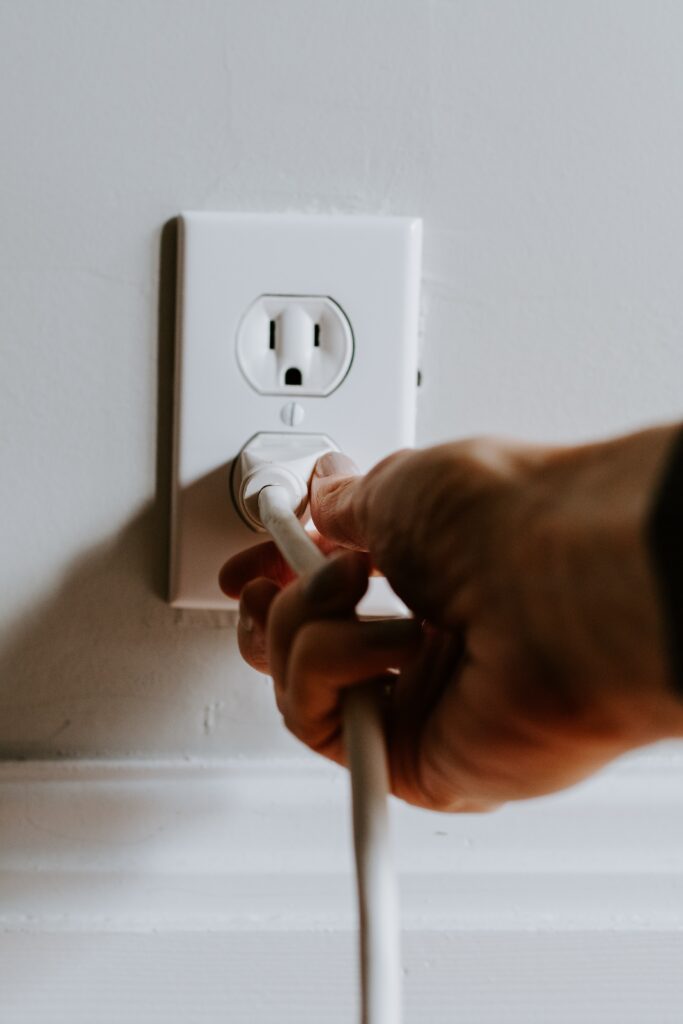Solar chargers are becoming increasingly popular as a convenient and eco-friendly way to power our devices on the go. But before you invest in a solar charger, it’s important to determine the power output you need to meet your charging needs. In this article, we will guide you through the simple steps to calculate the power output required from a solar charger, ensuring that you make an informed decision and never run out of battery while enjoying the great outdoors.
Factors to Consider
When determining the power output you need from a solar charger, there are several factors you should take into consideration. These factors include energy consumption, battery capacity, charging efficiency, and weather conditions. By carefully evaluating these factors, you can ensure that you choose a solar charger that meets your energy needs and performs optimally.
Energy Consumption
The first factor to consider is your energy consumption. This involves identifying the electrical devices that you plan to power with the solar charger. Make a list of all the devices, such as lights, appliances, and electronics, along with their power consumption ratings, typically measured in watts. This will give you an idea of how much energy you will need to generate in order to power these devices.
Battery Capacity
Once you have determined your energy consumption, you need to consider the battery capacity. The battery is an essential component of a solar power system as it stores the energy generated by the solar panels for use during times when sunlight is not available. Check the rating of the battery, usually measured in ampere-hours (Ah), to determine its capacity. A higher capacity battery will allow you to store more energy and provide power for a longer duration.
Charging Efficiency
Charging efficiency is another important factor to consider when calculating the power output needed from a solar charger. The charging efficiency refers to how effectively the solar panels can convert solar energy into electrical energy that can be stored in the batteries. Look for a solar charger with a high charging efficiency to ensure that you can maximize the energy harvested from the sun.
Weather Conditions
The weather conditions in your location also play a crucial role in determining the power output you need from a solar charger. The amount of sunlight available varies depending on the season, climate, and even time of day. Consider the average daily sunlight in your area, as well as any seasonal variations and climate factors that might affect the solar charger’s performance. By understanding the weather conditions, you can adjust your calculations and choose an appropriate solar charger.
Calculating Energy Consumption
To accurately determine the power output you need from a solar charger, you must calculate your energy consumption. This involves a few steps to identify your electrical devices, determine their power consumption, and estimate your daily energy consumption.
Identify Electrical Devices
Start by making a comprehensive list of all the electrical devices you plan to power using the solar charger. Include everything from lights and appliances to electronics and charging stations. This list will serve as a basis for your calculations.
Determine Power Consumption
Next, determine the power consumption of each electrical device. Look for the wattage rating usually indicated on the device or its user manual. Multiply the wattage by the number of hours each device will be used daily to calculate the energy consumed by each device per day.
Estimate Daily Energy Consumption
Add up the energy consumed by each device to estimate your daily energy consumption. This will give you an idea of how much energy the solar charger needs to generate to meet your requirements. Keep in mind that this estimate may vary depending on your usage patterns, so it’s always a good idea to have some flexibility when selecting a solar charger.
Determining Battery Capacity
Once you have calculated your energy consumption, it is necessary to determine the battery capacity required to store and provide power when sunlight is not available. Taking into account the rating of the battery and its efficiency will help you make an informed decision.
Check Battery Rating
To determine the battery capacity you need, check the rating of the battery, usually expressed in ampere-hours (Ah). This rating indicates how much energy the battery can store and provide. Ensure that the battery’s capacity is sufficient to accommodate your daily energy consumption.
Calculate Total Capacity
To calculate the total battery capacity required, multiply the daily energy consumption by the number of backup days you desire. The backup days refer to the number of days you want the solar charger to provide power without receiving any sunlight. This calculation will give you an estimate of the battery capacity needed to meet your energy needs during periods of limited sun exposure.
Consider Battery Efficiency
Battery efficiency is an important factor to consider when selecting the battery capacity. High-quality batteries generally have better efficiency, meaning they can store and release energy more effectively. Consider the efficiency of the battery and how it aligns with your energy requirements to ensure optimal performance.
Accounting for Charging Efficiency
Charging efficiency plays a significant role in determining the power output you need from a solar charger. By considering various factors such as charge controller efficiency, inverter efficiency, and cable and connection loss, you can determine the overall efficiency of your solar power system.
Determine Charge Controller Efficiency
The charge controller is responsible for regulating the flow of energy from the solar panels to the batteries. It ensures that the batteries are not overcharged or damaged. When selecting a charge controller, consider its efficiency rating. A higher efficiency rating means less energy is lost during the charging process, resulting in a more efficient solar power system.
Consider Inverter Efficiency
The inverter converts the direct current (DC) power produced by the solar panels into alternating current (AC) power that can be used by your electrical devices. Inverters also have an efficiency rating. Look for an inverter with high efficiency to minimize energy losses during the conversion process.
Factor in Cable and Connection Loss
Cable and connection losses can occur when the solar panels, charge controller, batteries, and inverter are connected. These losses can reduce the overall efficiency of your solar power system. Ensure that you use high-quality cables and connectors, properly size them, and minimize the distance between the components to minimize energy losses.
Analyzing Weather Conditions
Weather conditions directly impact the performance of solar panels and, consequently, the power output you can expect from a solar charger. By analyzing average daily sunlight, considering seasonal variations, and accounting for climate factors, you can make more accurate calculations.
Average Daily Sunlight
Consider the average daily sunlight in your location. This information is usually available from meteorological records or online resources. Understanding the amount of sunlight available will help you get a more realistic estimate of the power output you can expect from your solar charger.
Accounting for Seasonal Variations
Keep in mind that the amount of sunlight available can vary throughout the year due to seasonal changes. Consider the seasonal variations in sunlight and adjust your calculations accordingly. It is advisable to base your calculations on the least favorable season to ensure that your solar charger can meet your energy needs year-round.
Considering Climate Factors
Apart from seasonal variations, climate factors such as temperature, humidity, and air pollution can also affect the performance of solar panels. Hot temperatures can reduce the efficiency of solar panels, while excessive humidity or air pollution may further diminish their output. Take into account these climate factors to ensure you select a solar charger that can cope with the local conditions.
Calculating Power Output
Calculating the power output you need from a solar charger involves determining the required daily energy, accounting for efficiency loss, and dividing by the average daily sunlight to obtain a more accurate estimate.
Determine Required Daily Energy
Based on your calculated daily energy consumption, determine the amount of energy you need your solar charger to produce each day. This value will depend on your specific energy needs and lifestyle.
Account for Efficiency Loss
To account for the efficiency losses in your solar power system, multiply the required daily energy by the inverse of the total system efficiency. This will provide a more accurate estimate of the power output required from your solar charger.
Divide by Average Daily Sunlight
Finally, divide the adjusted energy requirement by the average daily sunlight to calculate the power output you need from your solar charger. This calculation will help determine the size and capacity of the solar panels necessary to meet your energy needs.
Adjusting for Backup Capacity
In addition to the daily power output, it’s essential to consider backup capacity to ensure uninterrupted power supply during periods of limited sunlight or unforeseen circumstances. By considering the battery’s depth of discharge and accommodating backup days, you can increase the resilience of your solar power system.
Consider Battery Depth of Discharge
The depth of discharge (DoD) refers to the amount of energy you can safely discharge from the battery without causing damage. Most batteries have a recommended DoD, often expressed as a percentage. Consider this value when selecting a battery to ensure its capacity is suitable for your backup needs.
Accommodate Backup Days
To determine the backup capacity needed, consider the number of backup days you desire. This is the number of consecutive days you want your solar charger to provide power without receiving any sunlight. Multiply your daily energy consumption by the number of backup days to calculate the backup capacity required from your battery.
Sizing Solar Charger
Now that you have determined the power output you need and considered backup capacity, you can proceed to size your solar charger. This involves choosing the appropriate charger voltage, dividing the required power by the voltage, and considering the use of multiple panels and batteries.
Choose Charger Voltage
When selecting a solar charger, consider its voltage rating. The voltage should be compatible with the voltage of your battery bank and inverter for seamless integration. Choose a charger voltage that aligns with your system’s requirements.
Divide Required Power by Voltage
Divide the required power output from your solar charger by the charger voltage to determine the current that the charger needs to deliver. This calculation will help you find a solar charger that is capable of providing the necessary power output.
Consider Multiple Panels and Batteries
In some cases, to meet the desired power output, it may be necessary to use multiple solar panels and batteries. Consider the total power output and battery capacity required and divide it among multiple panels and batteries, ensuring that they are connected properly and can work together efficiently.
Additional Considerations
Apart from the technical aspects, there are a few additional considerations to keep in mind when calculating the power output needed from a solar charger.
Future Expansions
Consider any potential future additions or expansions to your electrical system. If you anticipate adding more devices or increasing energy consumption in the future, it’s important to account for these possibilities when selecting a solar charger. Choosing a charger with a higher power output or scalability options can help accommodate future expansions.
System Maintenance
Regular maintenance is necessary to ensure the optimal performance and longevity of your solar power system. Consider the maintenance requirements of the solar panels, batteries, charge controller, and inverter when calculating the power output needed. Factor in the time and effort required to maintain the system to ensure that you can effectively manage your solar charger.
Consulting Professionals
If you find the calculations and considerations too complex or overwhelming, it’s always a good idea to seek expert advice. Consulting professionals with expertise in solar power systems can help guide you in selecting the most suitable solar charger for your specific needs and can address any questions or concerns you may have.
Seek Expert Advice
Reach out to reputable solar energy professionals who can provide personalized recommendations based on your energy consumption, location, and specific requirements. They can assess your needs, factor in various considerations, and help you make an informed decision.
Consider Local Regulations
When planning and installing a solar power system, it’s essential to consider local regulations and guidelines. These may include restrictions on panel placement, system size, or grid interconnection requirements. Consulting professionals familiar with the local regulations can ensure that your solar charger installation complies with all necessary guidelines.
In summary, calculating the power output you need from a solar charger requires careful consideration of several factors, including energy consumption, battery capacity, charging efficiency, and weather conditions. By following the steps outlined in this article, you can make informed decisions and select the most suitable solar charger that meets your energy needs while ensuring optimal performance and efficiency. Remember to evaluate your specific requirements, consult professionals when needed, and always consider future expansions and system maintenance to create a sustainable and reliable solar power system.





